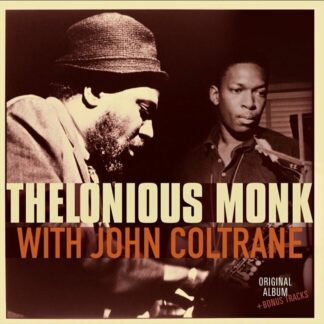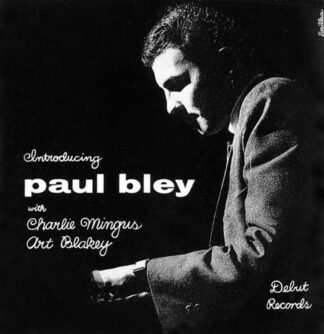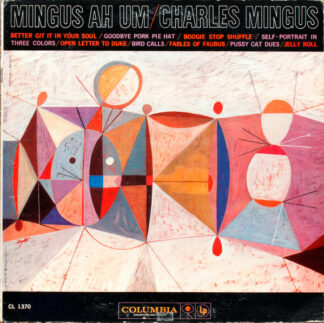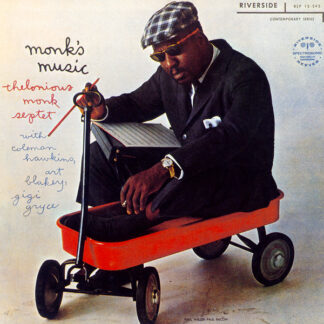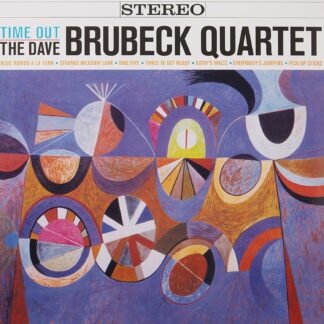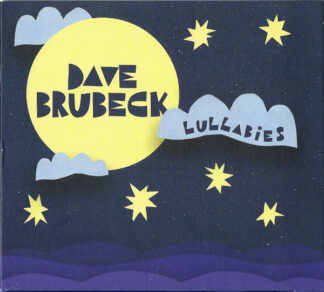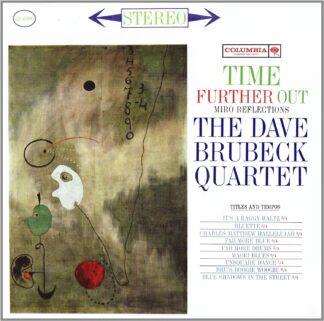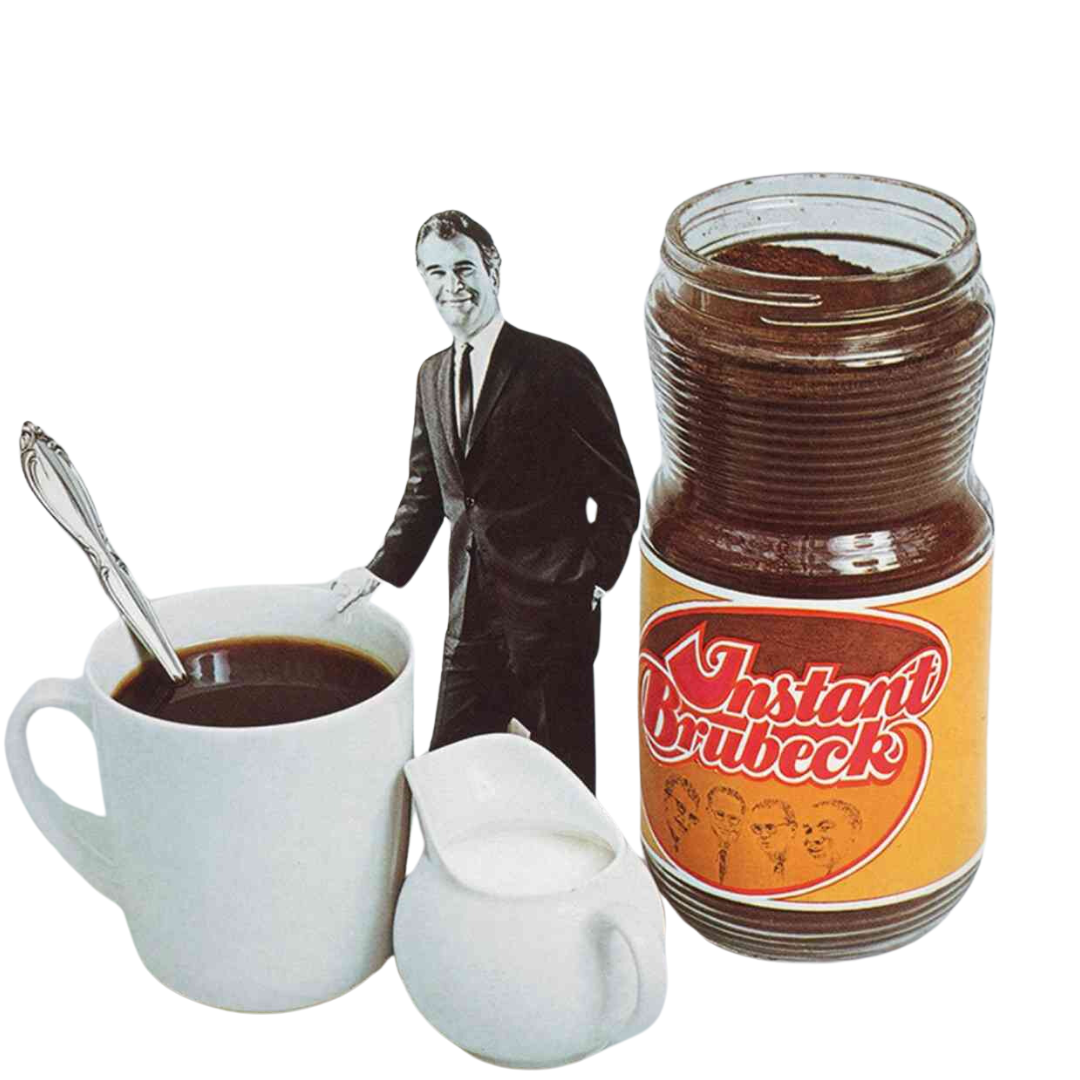
Our shop has a pretty extensive selection of Vinyl, Cassettes, and CDs curated by local Ellijay record label Analog Revolution. Among that collection is a frankly staggering variety of Jazz records, from Albert Ayler to Kamasi Washington. Here’s a sample of the Jazz we have in stock, or you can browse our whole collection of Jazz and Jazz related records.
-
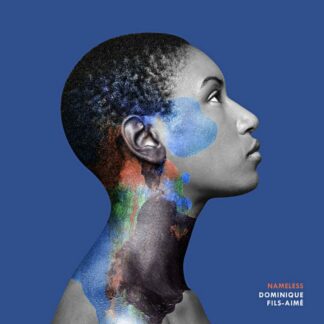 Nameless – Dominique Fils-Aime (LP)$31.00
Nameless – Dominique Fils-Aime (LP)$31.00 -
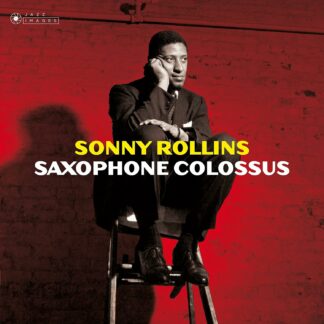 Saxophone Colossus – Sonny Rollins$26.00
Saxophone Colossus – Sonny Rollins$26.00 -
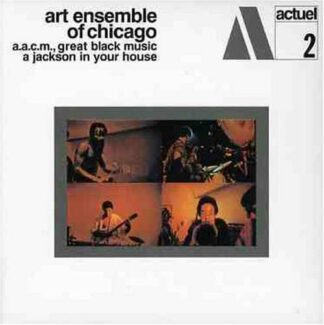 A Jackson in Your House – Art Ensemble of Chicago$35.99
A Jackson in Your House – Art Ensemble of Chicago$35.99 -
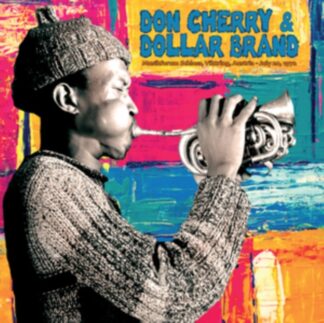 Musikforum Schloss, Viktring, Austria – Don Cherry & Dollar Brand$39.00
Musikforum Schloss, Viktring, Austria – Don Cherry & Dollar Brand$39.00 -
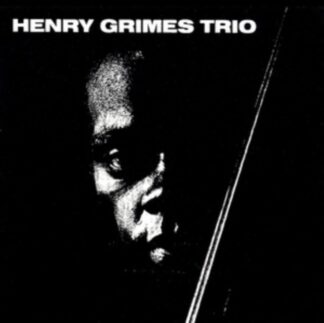 The Call – Henry Grimes Trio$27.99
The Call – Henry Grimes Trio$27.99 -
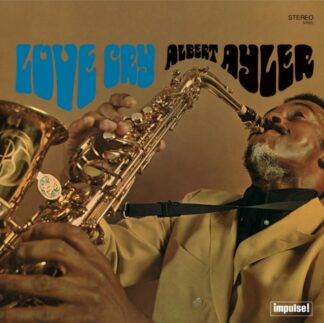 Love Cry (Verve By Request Series) – Albert Ayler$34.99
Love Cry (Verve By Request Series) – Albert Ayler$34.99 -
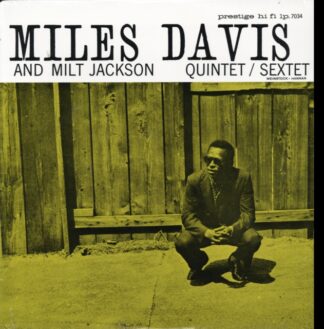 Quintet / Sextet – Miles Davis & Milt Jackson$30.00
Quintet / Sextet – Miles Davis & Milt Jackson$30.00 -
 Africa, Live At The Carnegie Hall 1971 – Alice Coltrane$29.00
Africa, Live At The Carnegie Hall 1971 – Alice Coltrane$29.00 -
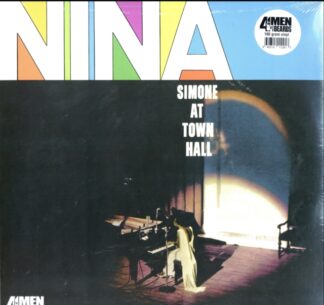 Nina At Town Hall – Nina Simone$23.00
Nina At Town Hall – Nina Simone$23.00
Getting it to Jazz can be pretty overwhelming, though, and I’ve seen many a person bounce of the genre as a whole after starting with a more challenging piece without the proper context.
Now, there are a billion ways to get started listening to Jazz, but I think it helps to pick a couple of artists and a year, and work forwards (and occasionally backwards) in time.
See, Jazz doesn’t exist in a vacuum. No matter how well any given album stands on its own, it was created in dialog with the music that came before it and the music that was happening around it. Much like in classical music, the history of Jazz is about innovation, and placing an album in the proper context does wonders to maximize your enjoyment of it.
But what album to pick? What year?
There are a bunch of great places but, for my money at least, it’s got to be something from 1959. 1959 was a watershed year in Jazz, and it produced a number of landmark albums. You could grab Kind of Blue from Miles Davis, Mingus Ah Um or Mingus Dynasty by Charles Mingus, 5 by Monk by 5 (by Thelonious Monk), or Portrait in Jazz by Bill Evans, and those would all be fine choices. I’m sure there are many others that I’m forgetting, ’59 was a big year for Jazz!
You could start with any of those or a number of others, listen to a couple featuring the same artists from years prior and a couple from subsequent years and you’d start to get a feel for Jazz in general, and what you like specifically. If you pay attention to who’s playing on what, and read some liner notes, you might find yourself a lifelong Jazz fan.
For me, though, when I’m playing Jazz for a new Jazz fan, I almost always reach for Time Out by the Dave Brubeck Quartet (Ft. Paul Desmond). By the time Time Out was released, Brubeck was already a well respected name in Jazz circles, but that album turned Dave and his band in to superstars.
This is not to say that Time Out is better than any of the other albums that came out in 59, but I’ve found it to be among the most approachable, and tracing Brubeck’s career back from there really reveals some of the ways that Jazz developed in the 1950s.
If Time Out doesn’t grab you, pick a different album from the list above, or pretty much any other late 50s album from Miles Davis, Thelonious Monk, John Coltrane, Art Blakey, Paul Bley, Sun Ra, etc. I guarantee one of them will get your attention.
(And, to be clear, it’s not that Jazz after the late 50s is bad or even unapproachable! There’s just more variety, and a greater need for context.)

